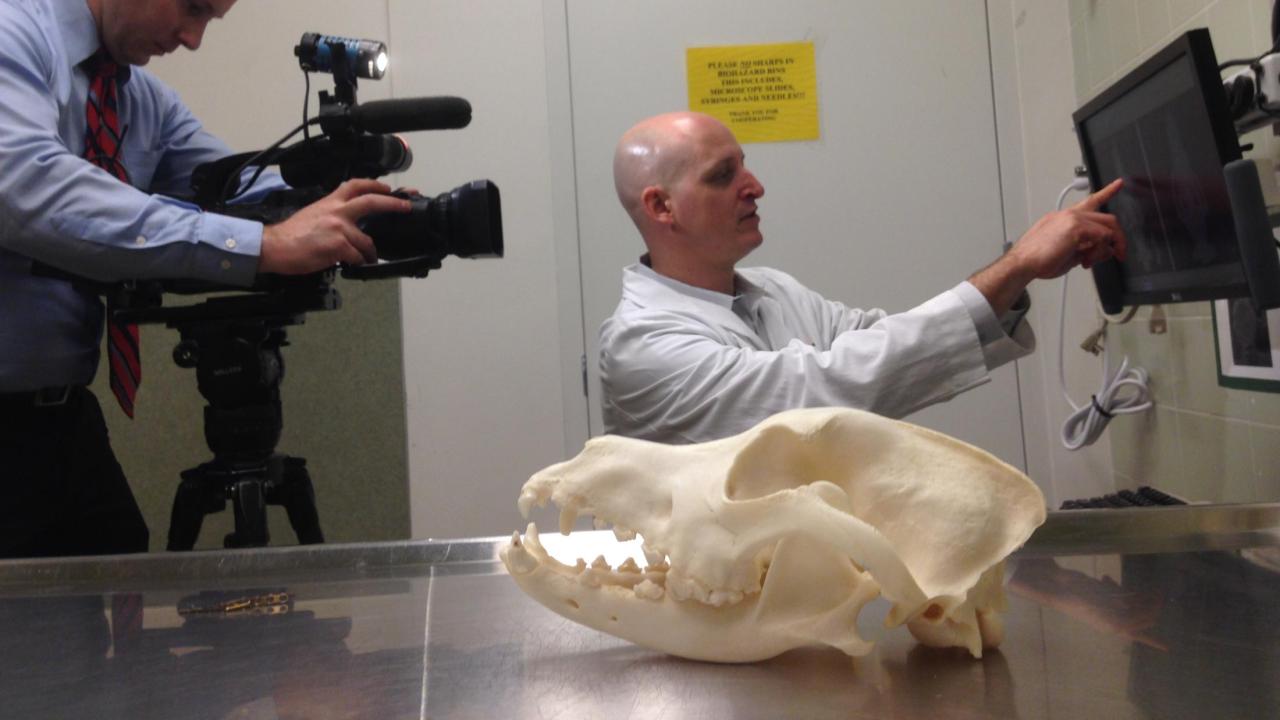
3D Printing Becoming a Surgical Game Changer
Imagine 1,000 puzzle pieces without any picture of what it’s ultimately supposed to look like. With few, if any, reference points, the challenge of fitting them together would be daunting.
That’s what surgeons often confront when a patient suffering from a traumatic injury or condition has a portion of their body that is dramatically damaged or changed. The “puzzle” can be exponentially harder when the injuries involve a person’s face or skull – areas of the human anatomy that are complex, difficult to surgically navigate, and often require both functional and near-perfect cosmetic repair.
Three-dimensional printing applications and research work are not limited to the School of Medicine. Similar initiatives are under way at UC Davis School of Veterinary Medicine, where the work is complemented by the university’s Department of Biomedical Engineering expertise. The unique combination of disciplines provides opportunities to advance health that few other universities in the world are able to pursue. Veterinary surgeons and radiologists, for example, are working to validate the geometric accuracy of 3D replicas, which are also being used in companion animal and other veterinary cases since the modeling – like that for human patients – is all based on CT scanning data.
